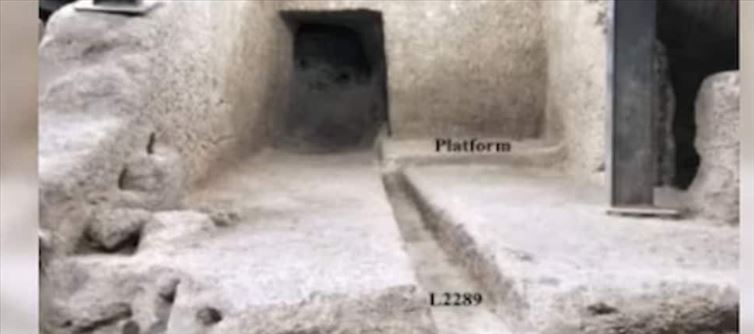
According to experts, Jesus' ancestor Hezekiah from the bible may have been responsible for the demolition of this sanctuary. Although excavations started in 2010, british explorer Montague Parker made the initial discovery of the site's northern portion in 1909.
The israel Antiquities Authority's (IAA) excavation director, Eli Shukron, reported the results in the IAA's scholarly publication, Atiqot. The shrine's origins may be traced to the time of Hezekiah, when there were numerous ceremonial locations outside the main temple during the First temple era, according to Shukron.
"The structure ceased to function during the 8th century bc, possibly as part of king Hezekiah's religious reform," Shukron told the news organization.
The bible states that Hezekiah's reforms sought to eliminate dispersed ceremonial locations around the realm and centralize worship at the Jerusalem temple. In the Gospel of Matthew, Hezekiah and his successor, Josiah, are identified as Jesus' paternal grandfathers.
It is said that Hezekiah's activities were part of an effort to demolish places of heathen worship, including holy stones. Hezekiah's abolition did not affect the standing stone at this location.
The finding was described by Shukron as "the most dramatic and important find in the excavation."
It is the reason this location is considered a cult. We discovered it standing in its designated spot, surrounded by stones. No one demolished the standing stone, which was buried in soil, according to Shukron.
"When we found it, it was exactly as it was here 2,800 years ago," he stated.
Additionally, the excavation crew found the remains of an altar, which can be identified by a drainage ditch that still emerges from one of its corners. Unknown v-shaped sculptures were discovered on the floor in another section of the site. It is believed that a ceremonial tripod was supported by these engravings.
Archaeologists discovered a number of artifacts from the 8th century bc that were concealed in a cave behind a stone wall. These featured jars containing inscriptions in ancient Hebrew, cooking dishes, and everyday objects like grinding stones and weaving weights. Additionally, they discovered seals and scarabs with ornamental patterns.




 click and follow Indiaherald WhatsApp channel
click and follow Indiaherald WhatsApp channel